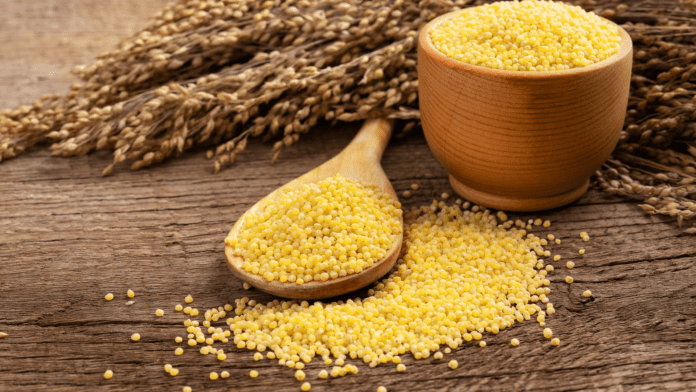Prices of ragi, jowar, brown top, and other millet varieties have experienced a notable surge, escalating by 40% to 100% in just one year. This upward trend is fueled by the International Year of Millets campaigns, the entry of multinational corporations into this sector intensifying demand, and the disruption caused by erratic weather conditions affecting the supply chain.
The introduction of novel items such as pasta, noodles, and snacks made from millets, the incorporation of millets into breakfast cereals, and a growing preference for millet flour in its traditional form have collectively contributed to a surge in demand for millets, according to industry insiders.
Meanwhile, startups specializing in millet-based products, which have witnessed a doubling of their year-on-year growth, are grappling with challenges in securing an adequate supply of high-quality millets. This struggle is attributed to unpredictable weather conditions in millet-growing regions and a relatively lower production of millets compared to staple food grains like wheat and rice.
According to industry insiders, a drought in the Jowar-producing regions of Maharashtra, Karnataka, and Telangana, coupled with excessive rainfall in brown top crop areas in Andhra Pradesh, Karnataka, and Kerala, resulted in a decline in millet production and a subsequent increase in prices.
They noted that premium-grade jowar and ragi prices have risen by 150% and 45% compared to wheat, rendering them unaffordable for a significant number of consumers.
“Prices of all the millets have increased abnormally,” said Annapurna Kalluri, CEO of Sri Haritha Agro Food Products, which supplies millet-based meals to government schools, does contract manufacturing of value-added products of millet for other brands, and sells millet products under its own brand Avasya.
“Prices of millets see a jump of 15-20% every month and, moreover, undergo a lot of fluctuations. The availability is also limited,” she added.





